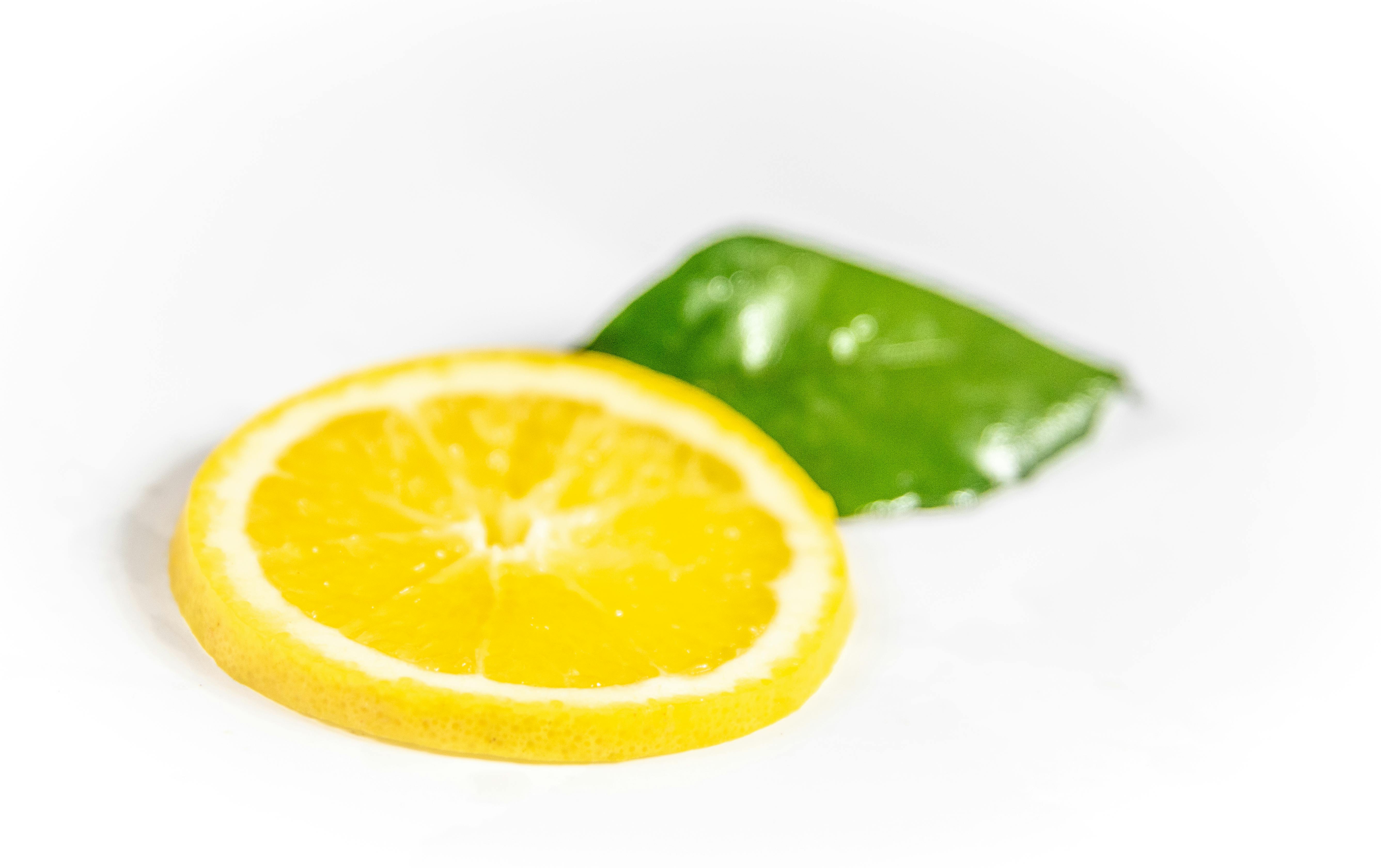So you might be wondering why anyone would start a farm to grow worms? Perhaps to use when they go fishing or to sell to other fishermen? Well, there are some people who do it for that reason. But most people who decide to start worm farming aren’t really interested in increasing the worm population, although that will happen as a side effect. They do this to get the end product that the worms produce. While the entire procedure is usually called worm farming, the technical term for it is vermicomposting.
That desirable end product is called casting, or vermicast, and it’s literally worm poop. Don’t be discouraged by that. It’s an earthy, humus-like material that doesn’t smell bad, that makes a fantastic fertilizer and garden amendment. There are commercial worm farms that produce and bag them for sale, but you can make your own with the right worms and a minimum of other materials. Basically, the worms only feed on organic material like what is used in a normal compost pile.
To end up with the best quality castings from your worm farm, you need to start with the right type of worm. If you just go out into your garden and start digging for worms, you may get lucky and find a species that is suitable for vermicomposting, but it’s not likely. The typical worm found in gardens will tend to burrow too deep into the soil, and also won’t be as prodigious a ‘processor’ as the type most often used in vermicomposting, called red worm or red worm and technically known as Eisenia foetida. . You can buy them from any worm farm supplier, many of which are online.
People have used many different materials to build the worm farm. Commercial operations often just create the farms directly on the ground in long rows known as “piles”. But for home use, you’ll probably want to house the worms in some sort of container. You can build or search for them yourself, or buy a commercial solution for less than fifty dollars. Some of the pre-made models are actually meant to be placed under the kitchen sink, where there is usually a constant supply of scraps that can be used for food.
Speaking of food, what can you feed the worms? Almost any type of organic waste material will do, such as vegetable peelings and scraps, tea bags, coffee grounds, egg cartons, eggshells, leaves, hair, paper, certain types of cardboard, etc. Most fruit debris is fine too, but some people warn against citrus peels, and pineapple contains an enzyme known as bromelain, which will dissolve worms, so it’s definitely out. Other things that should not be added are waste from animal products, such as bones, leftover meat, dairy products, and dog, cat, or human manure. The addition of these items can contaminate the final molds with pathogens or attract pests to the worm farm.
There are a number of different designs for worm farms, and these use different methods to harvest the castings. A popular arrangement uses several separate containers stacked on top of each other. The farm is initially started in the top bin with some shredded newspaper or cardboard to serve as bedding. On top of that, some soil is added, the initial supply of worms, and some organic waste for food. Then put the lid on and try not to look every day, as the worms don’t like the light. When the container fills to within a couple of inches of the top, place an empty container on top and move the full container below, removing any large pieces of unprocessed food. Put some bedding and food in the new top bin, and the worms will migrate from their original home to the new one through the holes in the bottom, leaving the first bin filled with only a rich, dark earth-like material. ready to be added to the garden.
The worm farm also often leaks a dark liquid that can be caught in a tray placed at the bottom. This is called ‘leaching’ and is also a great fertilizer, but can be too strong for some applications. I would advise researching your intended use before using it.
Try worm farming. It’s like having a regular compost pile, but the worms do all the work for you. And how many people can put a compost pile under the kitchen sink?




Recent Comments